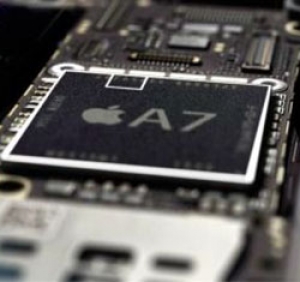From The Blog
-
ConnectWise Slash and Grab Flaw Once Again Shows the Value of Input Validation We talk to Huntress About its Impact
Written by Sean KalinichAlthough the news of the infamous ConnectWise flaw which allowed for the creation of admin accounts is a bit cold, it still is one that…Written on Tuesday, 19 March 2024 12:44 in Security Talk Read 704 times Read more...
-
Social Manipulation as a Service – When the Bots on Twitter get their Check marks
Written by Sean KalinichWhen I started DecryptedTech it was to counter all the crap marketing I saw from component makers. I wanted to prove people with a clean…Written on Monday, 04 March 2024 16:17 in Editorials Read 1582 times Read more...
-
To Release or not to Release a PoC or OST That is the Question
Written by Sean KalinichThere is (and always has been) a debate about the ethics and impact of the release of Proof-of-Concept Exploit for an identified vulnerability and Open-Source…Written on Monday, 26 February 2024 13:05 in Security Talk Read 1115 times Read more...
-
There was an Important Lesson Learned in the LockBit Takedown and it was Not About Threat Groups
Written by Sean KalinichIn what could be called a fantastic move, global law enforcement agencies attacked and took down LockBit’s infrastructure. The day of the event was filled…Written on Thursday, 22 February 2024 12:20 in Security Talk Read 1086 times Read more...
-
NetSPI’s Offensive Security Offering Leverages Subject Matter Experts to Enhance Pen Testing
Written by Sean KalinichBlack Hat 2023 Las Vegas. The term offensive security has always been an interesting one for me. On the surface is brings to mind reaching…Written on Tuesday, 12 September 2023 17:05 in Security Talk Read 2134 times Read more...
-
Black Kite Looks to Offer a Better View of Risk in a Rapidly Changing Threat Landscape
Written by Sean KalinichBlack Hat 2023 – Las Vegas. Risk is an interesting subject and has many different meanings to many different people. For the most part Risk…Written on Tuesday, 12 September 2023 14:56 in Security Talk Read 1858 times Read more...
-
Microsoft Finally Reveals how they Believe a Consumer Signing Key was Stollen
Written by Sean KalinichIn May of 2023 a few sensitive accounts reported to Microsoft that their environments appeared to be compromised. Due to the nature of these accounts,…Written on Thursday, 07 September 2023 14:40 in Security Talk Read 2127 times Read more...
-
Mandiant Releases a Detailed Look at the Campaign Targeting Barracuda Email Security Gateways, I Take a Look at What this all Might Mean
Written by Sean KalinichThe recent attack that leveraged a 0-Day vulnerability to compromise a number of Barracuda Email Security Gateway appliances (physical and virtual, but not cloud) was…Written on Wednesday, 30 August 2023 16:09 in Security Talk Read 2101 times Read more...
-
Threat Groups Return to Targeting Developers in Recent Software Supply Chain Attacks
Written by Sean KalinichThere is a topic of conversation that really needs to be talked about in the open. It is the danger of developer systems (personal and…Written on Wednesday, 30 August 2023 13:29 in Security Talk Read 1894 times Read more...
Recent Comments
- Sean, this is a fantastic review of a beautiful game. I do agree with you… Written by Jacob 2023-05-19 14:17:50 Jedi Survivor – The Quick, Dirty, and Limited Spoilers Review
- Great post. Very interesting read but is the reality we are currently facing. Written by JP 2023-05-03 02:33:53 The Dangers of AI; I Think I Have Seen this Movie Before
- I was wondering if you have tested the microphone audio frequency for the Asus HS-1000W? Written by Maciej 2020-12-18 14:09:33 Asus HS-1000W wireless headset impresses us in the lab
- Thanks for review. I appreciate hearing from a real pro as opposed to the blogger… Written by Keith 2019-06-18 04:22:36 The Red Hydrogen One, Possibly One of the Most “misunderstood” Phones Out
- Have yet to see the real impact but in the consumer segment, ryzen series are… Written by sushant 2018-12-23 10:12:12 AMD’s 11-year journey to relevance gets an epic finish.
Most Read
- Microsoft Fail - Start Button Back in Windows 8.1 But No Start Menu Written on Thursday, 30 May 2013 15:33 in News Be the first to comment! Read 116528 times Read more...
- We take a look at the NETGEAR ProSafe WNDAP360 Dual-Band Wireless Access Point Written on Saturday, 07 April 2012 00:17 in Pro Storage and Networking Be the first to comment! Read 87492 times Read more...
- Synology DS1512+ Five-Bay NAS Performance Review Written on Tuesday, 12 June 2012 20:31 in Pro Storage and Networking Be the first to comment! Read 82039 times Read more...
- Gigabyte G1.Sniper M3 Design And Feature Review Written on Sunday, 19 August 2012 22:35 in Enthusiast Motherboards Be the first to comment! Read 80339 times Read more...
- The Asus P8Z77-M Pro Brings Exceptional Performance and Value to the Lab Written on Monday, 23 April 2012 13:02 in Consumer Motherboards Be the first to comment! Read 70994 times Read more...
Displaying items by tag: SoC
Apple buys the most chips, or at least pays the most money for them...
Apple and Samsung were the world's largest buyers of chips last year among device manufacturers with total revenues exceeding one billion dollars according to data collected by the company IHS. Apple took the first spot with a total consumption of the chips in the amount of 30.3 billion dollars, while Samsung took second place with $20.2 billion spent on chips.
Intel shows off their smallest SoC ever; the Quark
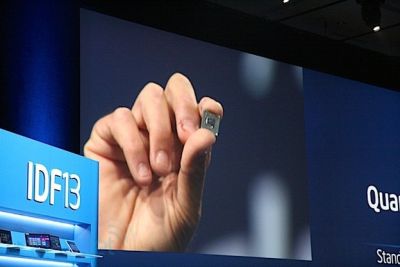 |
Intel started their Intel Developers Forum (IDF), held from 10-12.9. in San Francisco, in a very interesting conference where the CEO Brian Krzanich showed interesting new products.One of them is 14nm Broadwell Intel SoC, which Krzanich demonstrated as a part of an unknown reference notebook on which he did not present any details.
Xiaomi first to launch a smartphone with Tegra 4 SoC
 |
Chinese Xiaomi unveiled Android smartphone Mi3, the first such device powered by Nvidia's Tegra 4 chipset. Smartphone with other specifications also enters the upper segment of the market, and will be available in one more version with a processor Qualcomm Snapdragon 800.
Intel Positions Atom to Challenge ARM in the Low Power Data Center
 |
Intel’s Atom CPU is getting a little bit of a boost in order to give it an edge in the microserver market. The new CPU is the C2000 which is something of a departure from their older Atom designs. Unlike the Atom we all know about (two cores, limited compute and memory support) the new C2000 is much beefier with 8 cores and support for 64 GB of memory. The move is something of a departure for the Atom line as some at Intel have claimed that adding more cores to a CPU is only needed if your CPU is not powerful or efficient enough.
nVidia CEO Reiterates Commitment to Microsoft Surface, Says Outlook Will Be Its Killer App
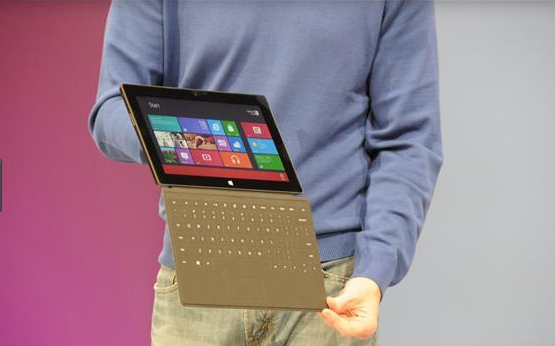 |
After nVidia launched their own gaming product (SHIELD) rumors that nVidia will be making their own branded tablet started popping up. Most of these were centered on some very interesting improvements in the graphical power of their SoCs. For more than a few years the industry wondered why nVidia was not the hands down leader in the tablet graphics market. There was no direct competition from AMD and most of the other companies in the game did not have the same level of experience that nVidia had. Somehow their products, though good, were not the game leaders that nVidia and others felt they should be. Of course all of that is changing as nVidia showed us with Project Logon.
New SoC from MediaTek
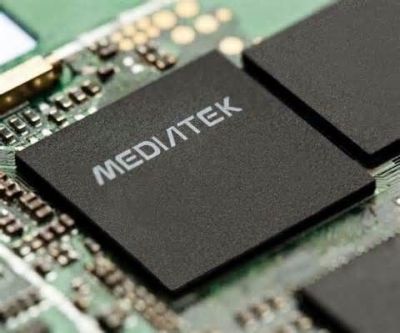 |
The MediaTek company has recently surpassed the competition with the introduction of the first true SoC with eight cores. In order to improve their market position, they did not stop at just that, but they presented another product, its first SoC based on ARM big.LITTLE technology. It is a heterogeneous architecture, which combines energy-efficient less powerful processors with the stronger ones that consume more power.
nVidia’s Project Logan Targets High End graphics on Mobile Platforms
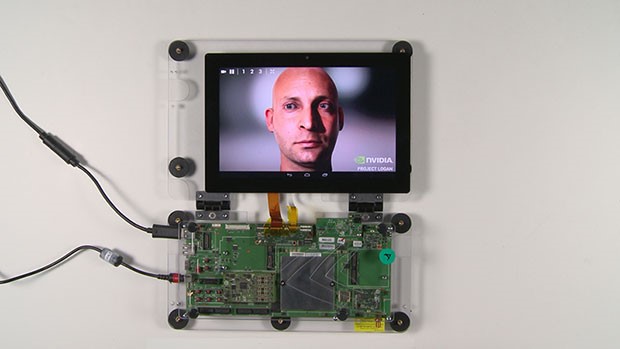 |
Graphics processing that only a couple of months ago required a powerhouse desktop, is now being demonstrated on a Logan equipped mobile device. The “Ira” demo below shows this.
New Exynos 5 Octa
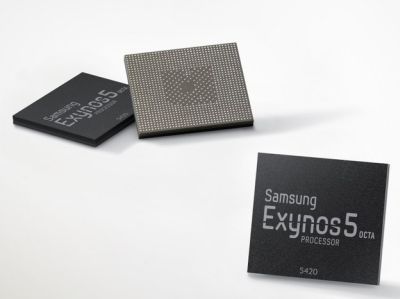 |
New version of Exynos 5 Octa SoC with mark 5420, based on six-core Mali-T628 M6 chip and contains four ARM Cortex-A15 cores running at 1.8 GHz, and four 1.3 GHz Cortex-A7s in ARM big.LITTLE configuration. Samsung claims that the new SoC delivers improved optimization of the energy consumption by 20% compared to the previous generation, and can provide twice as better graphics.
Bay Trail much better than Snapdragon 800?
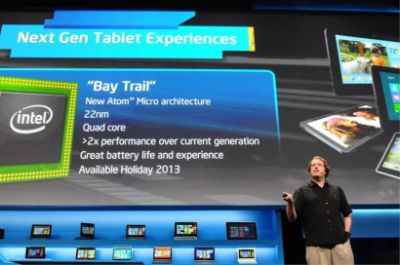 |
According to the first unofficial measurement of performance of the new Intel's "system on a chip" for mobile devices, which is being developed under the codename Bay Trail, it should be faster than any currently available commercial solution.
nVidia to License GPU Technology Out To Others
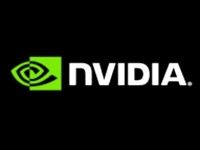 |
nVidia is best known as the maker of heavy duty GPUs although most know about their mobile product Tegra (and the components that go into it). Between these two items nVidia has a very good product portfolio. However, nVidia has not always been limited to GPUs and SoCs. At one time they also developed and manufactured their own Chipsets. These were required to utilize SLI (Scalable Link Interface) that has its roots from 3dfx which nVidia grabbed when they bought the latter. nVidia’s chipset business did not last that long due to a number of reasons and they were eventually forced to let it drop and instead license the right to use SLI out to other companies.

